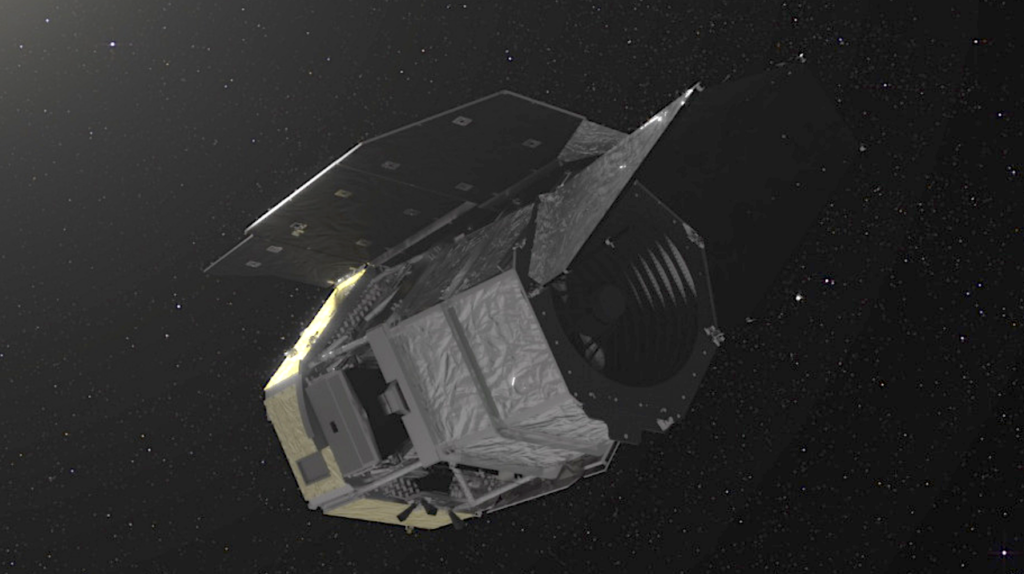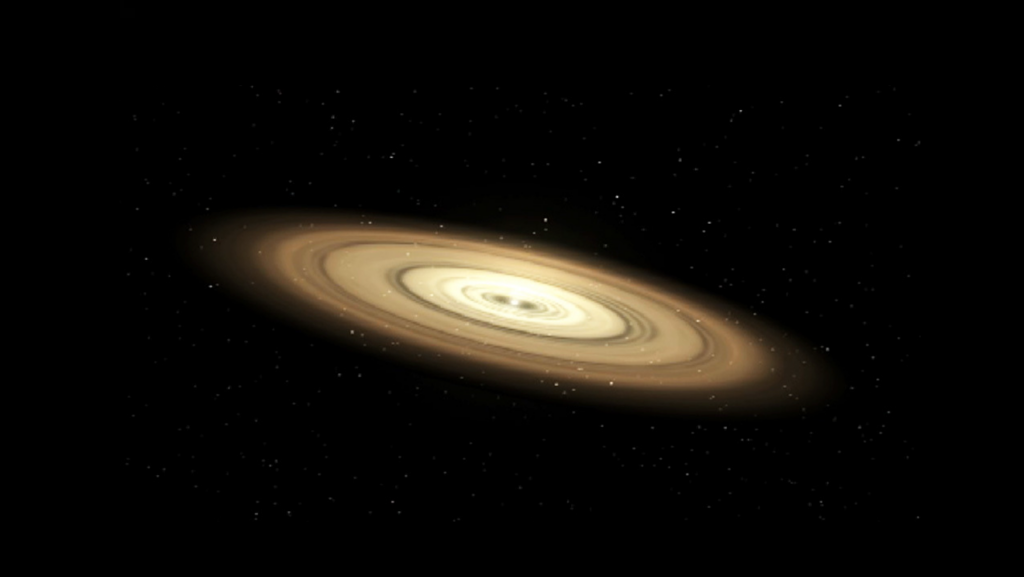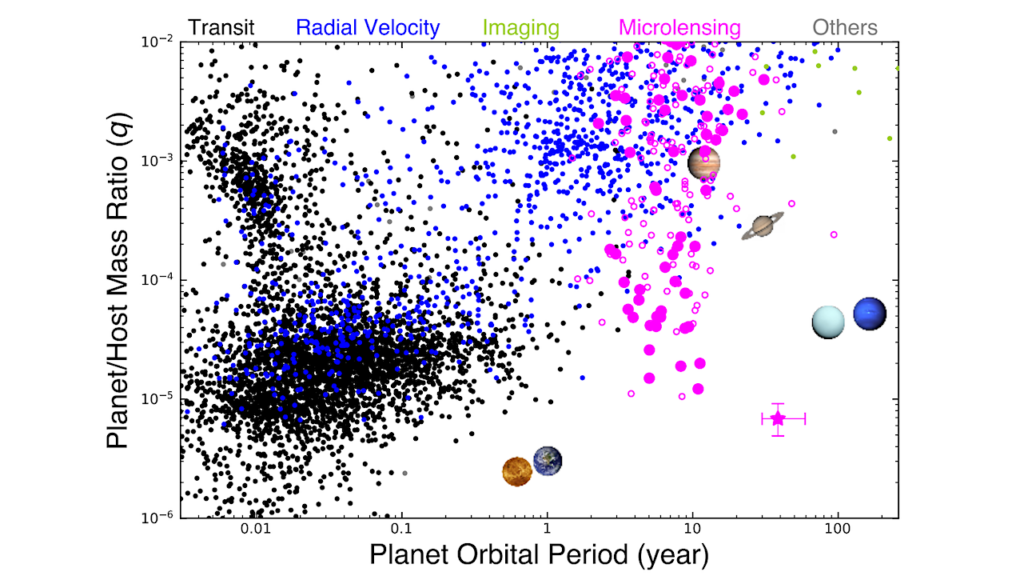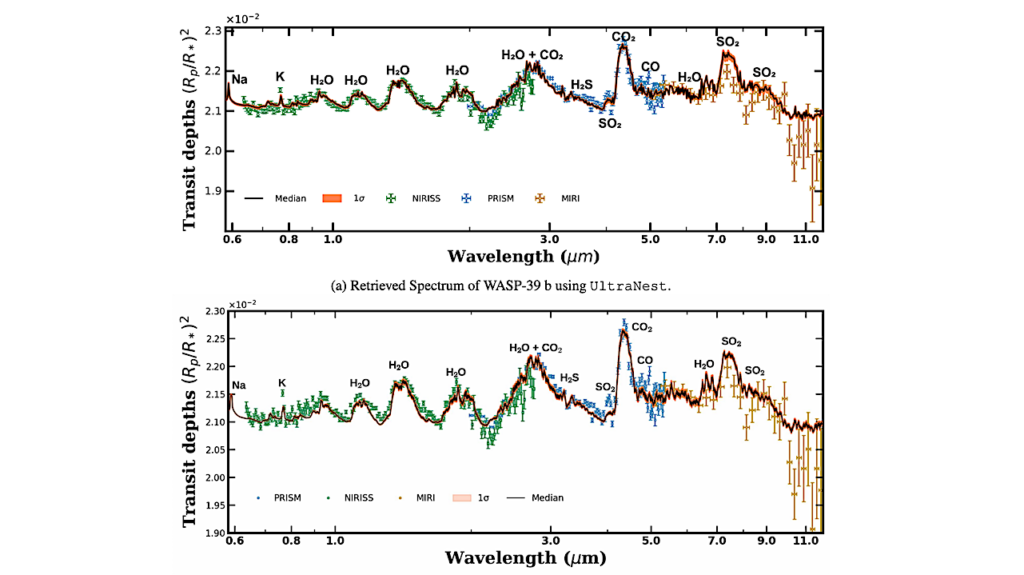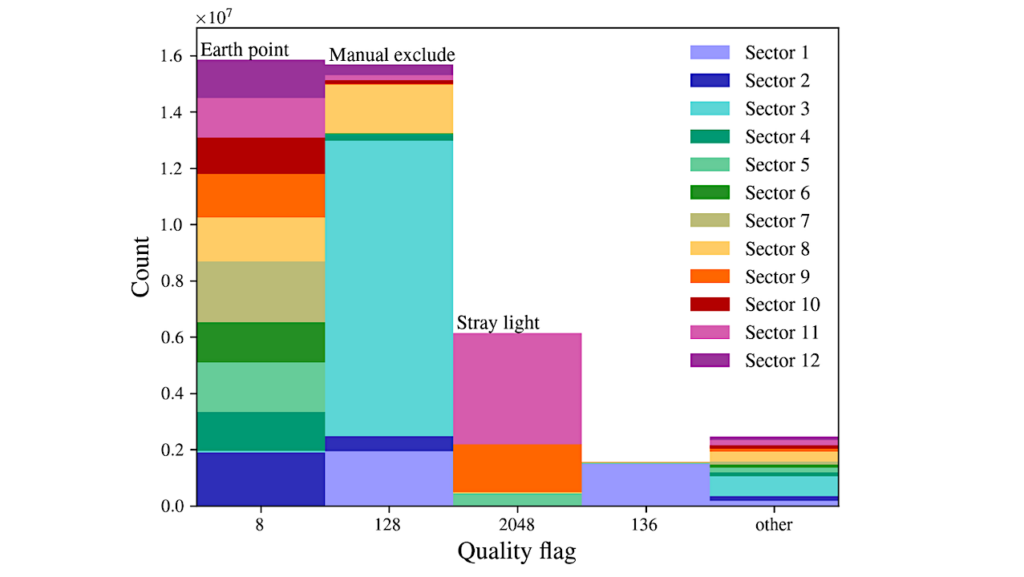On the Fate of Unstable Circumbinary Planets: Tatooine's Close Encounters with a Death Star

Circumbinary planets whose orbits become unstable may be ejected, accreted, or even captured by one of the stars.
We quantify the relative rates of these channels, for a binary of secondary star’s mass fraction 0.1 with an orbit of 1AU. The most common outcome is ejection, which happens ~80% of the time. If binary systems form circumbinary planets readily and sloppily, this process may fill the Milky Way with free-floating planets. A significant fraction of the time, ~20%, the unstable planet strikes the primary or secondary.
We tracked whether a Jupiter-like planet would undergo tidal stripping events during close passages, and find that these events are not strong enough to change the trajectory of the planet, though this may be observable from a changed structured for free-floating planets that are produced by this process.
Adam P. Sutherland, Daniel C. Fabrycky
(Submitted on 10 Nov 2015)
Comments: 7 pages, 7 figures. ApJ reviewed, awaiting resubmission
Subjects: Earth and Planetary Astrophysics (astro-ph.EP)
Cite as: arXiv:1511.03274 [astro-ph.EP] (or arXiv:1511.03274v1 [astro-ph.EP] for this version)
Submission history
From: Adam Sutherland
[v1] Tue, 10 Nov 2015 21:00:02 GMT (379kb)
http://arxiv.org/abs/1511.03274


